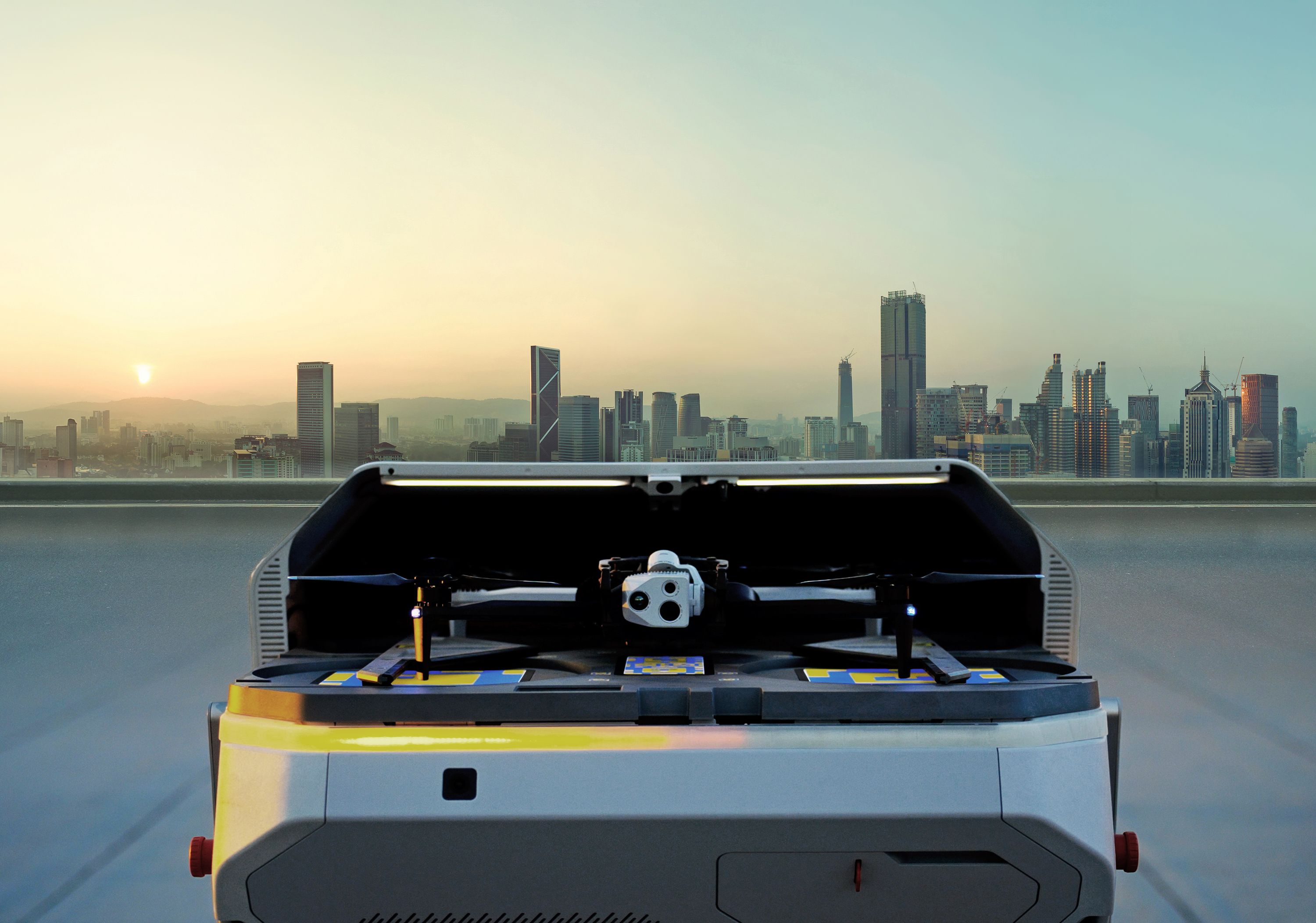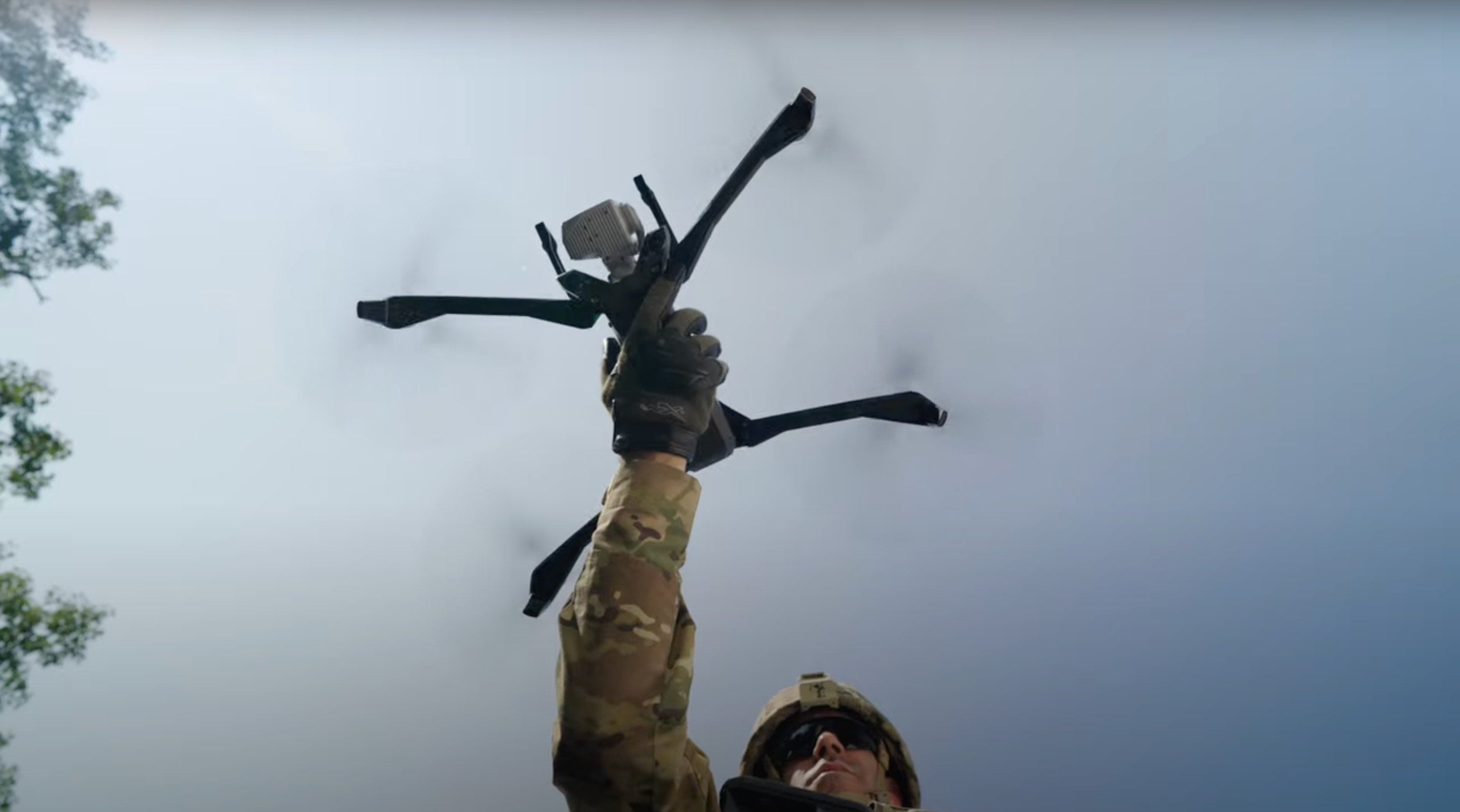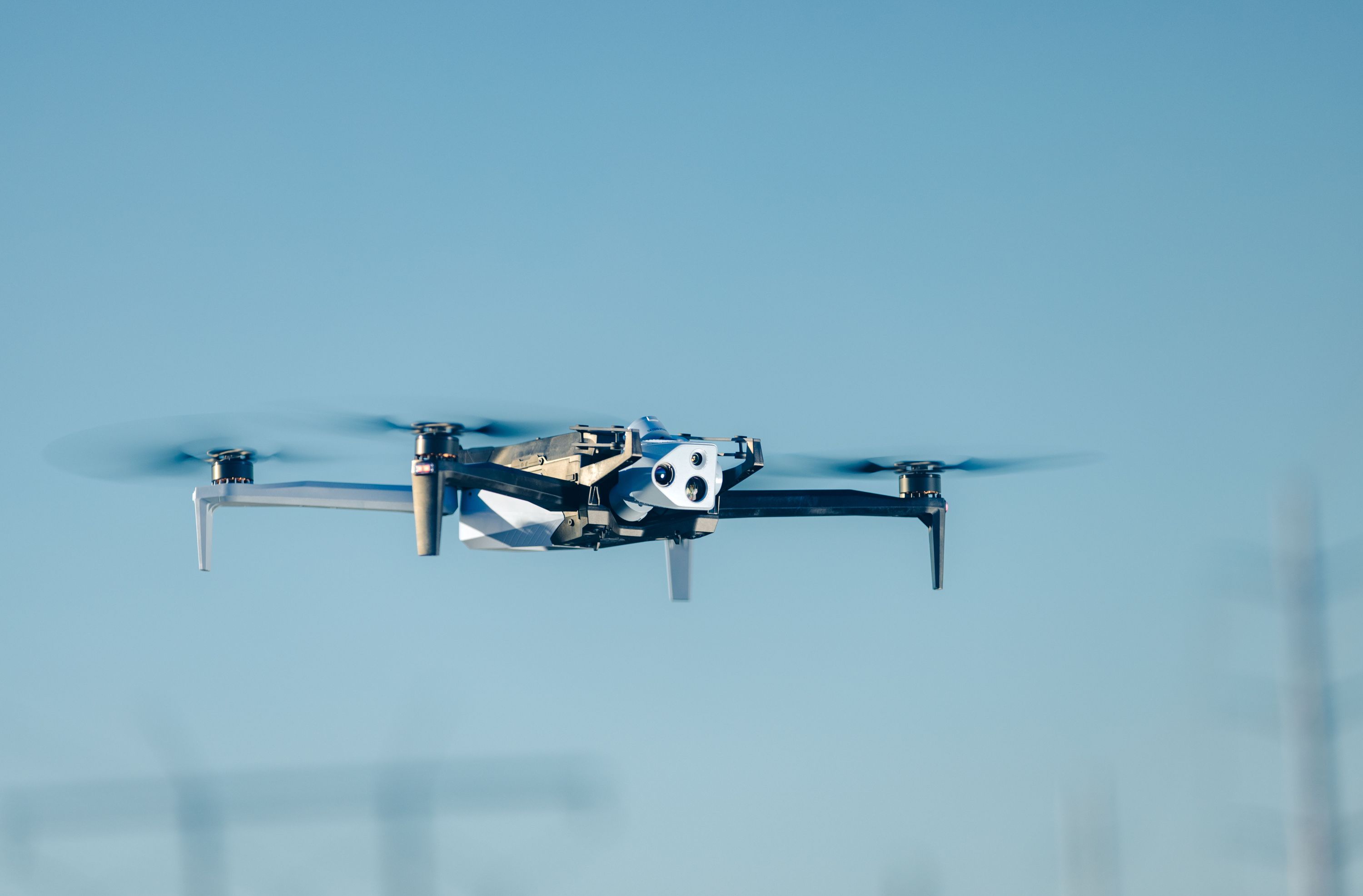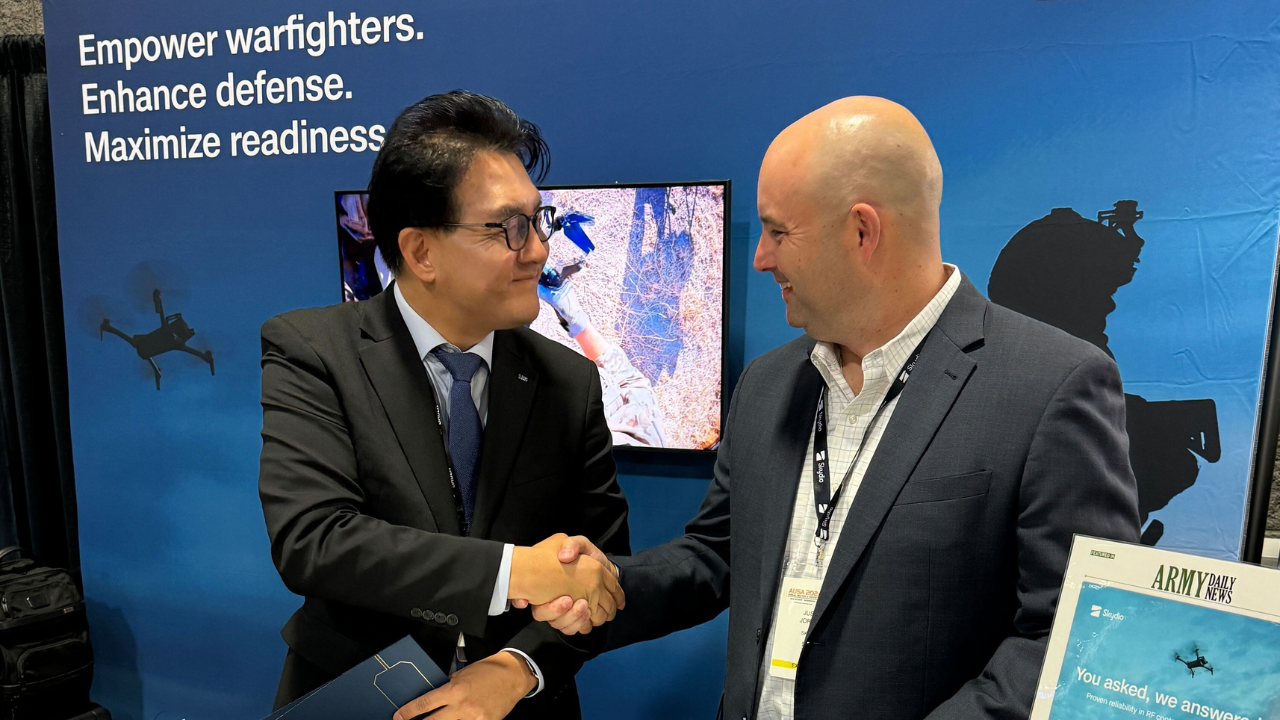DSTA Partners with Skydio to Transform Autonomous Drone Solutions
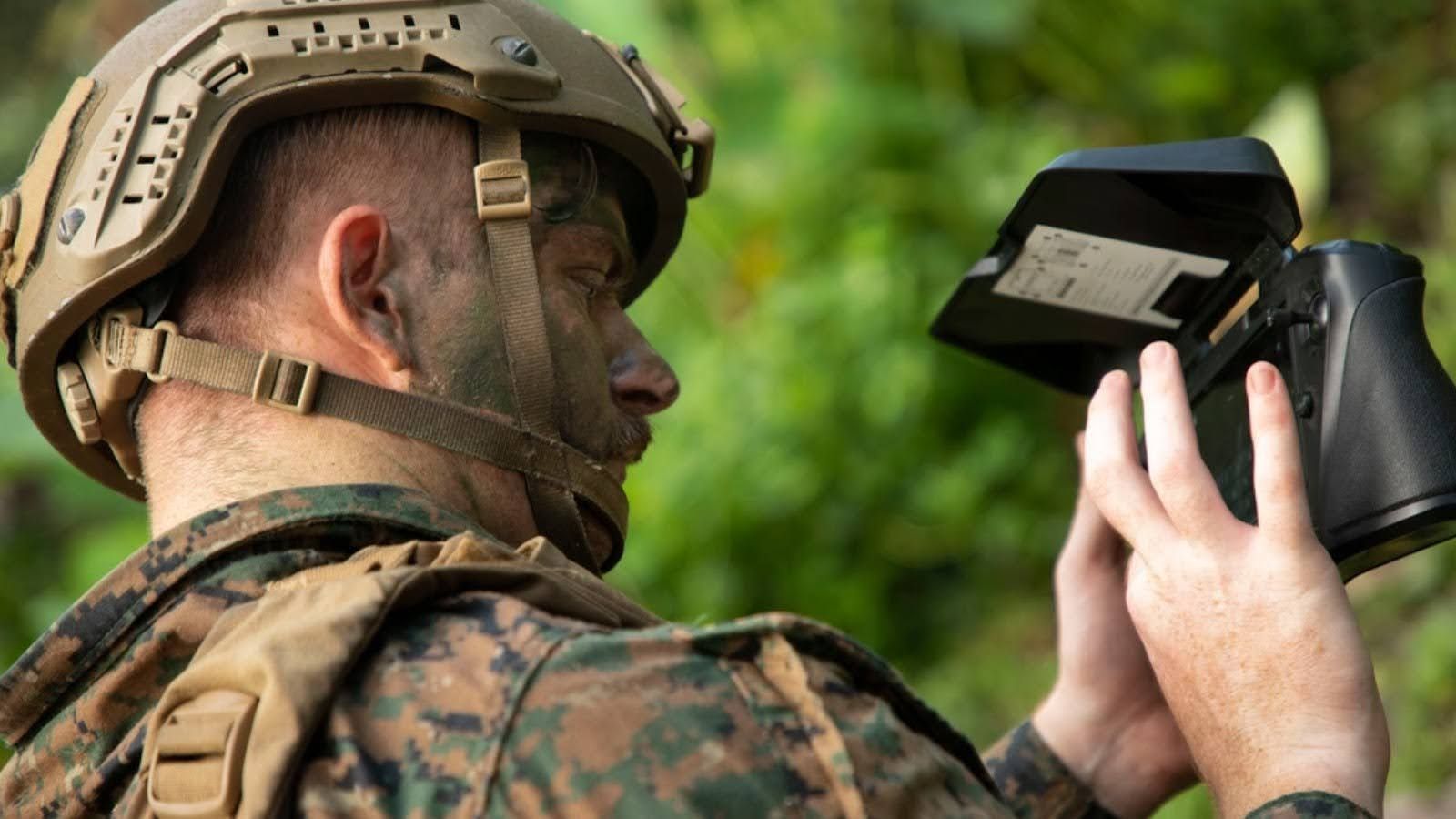
As the global security landscape continues to evolve, the defense industry must adapt by integrating cutting-edge technologies that enhance operational readiness, efficiency, and safety. Autonomous drone technology is rapidly emerging as a crucial component in modern military, Search & Rescue, and Humanitarian Assistance & Disaster Relief (HADR) missions, offering unparalleled advantages in surveillance, inspection, and rapid response. Skydio, a leader in AI-enabled autonomous drones, is at the forefront of this technological revolution, providing advanced solutions that are transforming how military forces operate in the most demanding environments.
Recently, Skydio solidified its position as a key player in the defense sector by signing a Memorandum of Understanding (MOU) with Singapore’s Defence Science and Technology Agency (DSTA). This partnership marks a significant step forward in the collaborative efforts to advance autonomous drone research and development for defense and national security applications.
The Importance of Autonomous Drones in Modern Operations
In today’s fast-paced and ever-changing landscape, the ability to leverage autonomous systems is no longer optional—it’s essential. Autonomous drones, equipped with AI-powered navigation, are revolutionizing military operations across the globe. These drones are not just tools; they are force multipliers that provide soldiers with critical information, enhance situational awareness, and allow for quicker, more informed decisions on the battlefield.
The collaboration between Skydio and DSTA is particularly focused on enhancing the capabilities of autonomous drones in various applications, including:
1. Surveillance and Reconnaissance: Autonomous drones can cover vast areas with high precision, providing real-time intelligence that is crucial for mission success. This capability is vital for monitoring and securing borders, and other critical infrastructure.
2. Rapid Response and Disaster Relief: In addition to traditional military applications, autonomous drones are also invaluable in humanitarian assistance and disaster relief operations. Their ability to quickly assess damage, locate survivors, and deliver aid makes them indispensable tools in crisis situations.
3. Training and Competency Development: The MOU also highlights the importance of nurturing local talent and deepening technical competencies in AI and autonomy. Through training programs with Skydio, DSTA aims to equip its personnel with the skills needed to operate and maintain these advanced systems effectively.
A Global Impact: Skydio’s Growing Influence in Defense
Skydio’s autonomous drones are already making a significant impact across the defense industry. Used by NATO, Skydio’s technology is recognized for its reliability, effectiveness, and innovation. The partnership with DSTA further cements Skydio’s role as a global leader in autonomous drone solutions for defense.
As Justin Jordan, Vice President of Federal Business at Skydio, aptly stated, “The future will be dominated by uncrewed and autonomous systems that act as machine partners to soldiers and give them the information they need to stay safe and gain an asymmetric advantage on the battlefield.” This vision underscores the critical role that autonomous drones will play in future military strategies and operations.
Looking Ahead: The Future of Autonomous Drone Technology
The Skydio-DSTA partnership is poised to drive significant advancements in autonomous drone technology, benefiting not only Singapore’s defense capabilities but also setting a precedent for global defense operations. As the defense industry continues to embrace innovation, collaborations like this will be instrumental in ensuring that military forces are equipped with the tools they need to navigate the complexities of the rapidly evolving landscape.
For defense professionals and organizations looking to stay ahead in this rapidly evolving landscape, the integration of autonomous drones into their operations is a strategic imperative. The ongoing work between Skydio and DSTA exemplifies the potential of these technologies to enhance mission readiness, operational efficiency, and overall defense capabilities.
